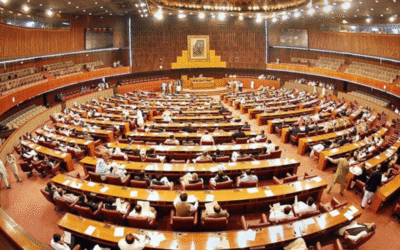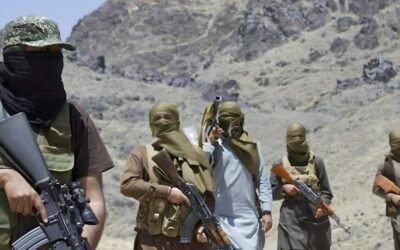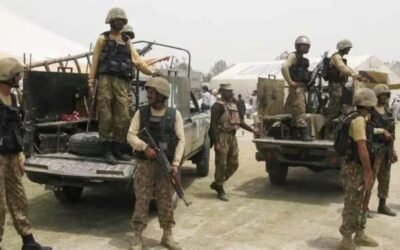Introduction: From Urban Threat to Urban Pushback
After the Fitna al-Khawarij (FAK) tried to regain influence in cities in 2021, Pakistan’s law enforcement agencies stepped in. They launched a campaign to disrupt FAK operations. This effort has been effective in breaking down their networks in urban areas.
Although violence increased in 2024, these agencies adjusted their strategies accordingly. Their focus was on preventing attacks and weakening terrorist groups. Major cities like Karachi, Rawalpindi, Islamabad, and Peshawar were targeted. The goal was to make these crowded areas difficult and unsafe for terrorist activities.
A delegation from the Belgium Embassy @BelgiumISB visited Safe City Islamabad. IGP Dr. Akbar Nasir Khan and SSP (Operations) Safe City Dr. Sami Malik briefed the delegation about the systematic use of technology in Safe City regarding intelligent video surveillance, automatic… pic.twitter.com/07XlPMYUEn
— Islamabad Police (@ICT_Police) April 5, 2023
Urban Infiltration: The Playbook Pakistan Disrupted
FAK operates in urban areas. They use small, hidden spaces and safe houses. Their tactics include extortion and gathering information on easy targets. Since 2014, they have lost control over any land. Their activities are now scattered and less organized. This makes them easier to target with data-driven policing. Cooperation between different agencies has increased as well.
Turning Point: Intelligence-Led, Multi-Agency Pressure
In Karachi, police conducted targeted operations against the FAK. They aimed to prevent the group from re-establishing itself in the city. In July 2025, two individuals were killed during these efforts. Authorities observed a rise in the group’s activities in urban areas.
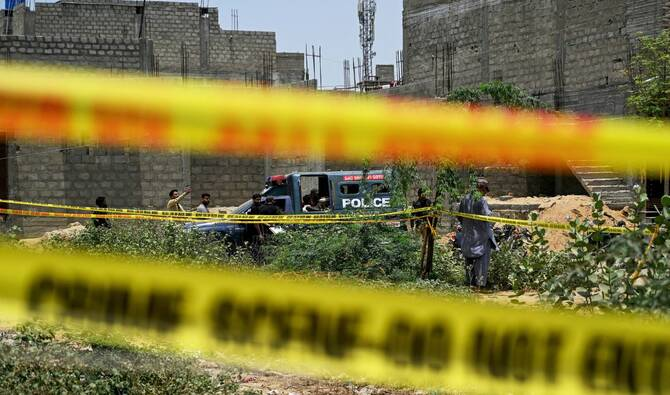
Source: Arab News
On June 30, 2025, the Counter-Terrorism Department (CTD) stopped a planned suicide attack. This attack was linked to Fitna al-Khawarik (FAK). Later, on August 14, 2025, the CTD took down three FAK militants in Regi Lalma. One of the militants was an Afghan national. He was wanted for several criminal activities. These operations show the efforts to neutralize threats before they can act.
In April 2025, authorities in Punjab arrested 10 people. They were linked to a banned terrorist group. The operation took place in various districts, including Rawalpindi. This action prevented a significant attack. It showed the effectiveness of security efforts across the province.
These efforts indicate a smart strategy shift. There are ongoing intelligence operations. Teamwork is happening across different regions. Quick actions are taken with new information. This helps prevent organized groups from staying intact.

Source: Business Recorder
Tech Edge: Cameras, Biometrics, and Real-Time Fusion
Islamabad is upgrading its safety measures. It is enhancing its network of cameras. These cameras can recognize faces and detect violations. This will help monitor who enters and leaves the city. It will make it harder for potential threats to move around. Lahore is also improving its safety systems. It is providing critical information to police departments. This will help them respond more effectively. Islamabad’s Safe City program is using AI-enabled cameras. These cameras will help tighten monitoring of who comes and goes. This makes it more challenging for militants to navigate the city. Lahore’s Safe Cities ecosystem also supports police units. It feeds them actionable intelligence to improve their response. The Islamabad Police has also shared on X that they are incorporating advanced technologies like intelligent video surveillance, automatic number plate recognition system, and facial recognition. This demonstrates the Police’s determination to keep the citizens safe.
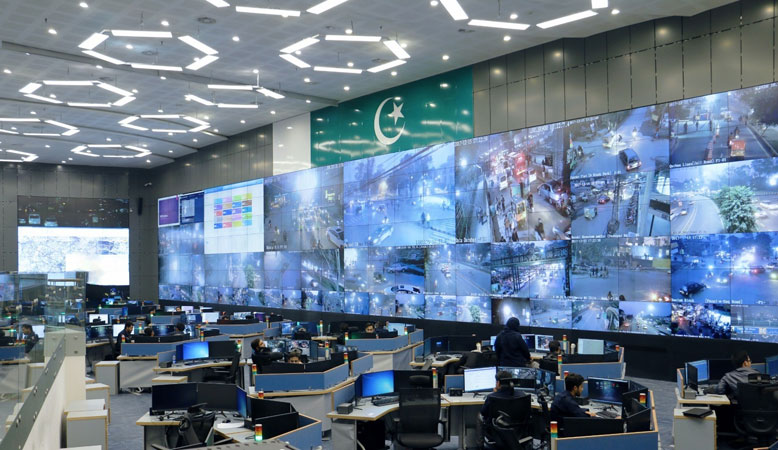
Source: Daily Times
In Pakistan, the use of biometric data is advancing. The national ID system allows better tracking of individuals. Authorities can monitor potential threats more effectively. Law enforcement agencies combine detainee checks with crime scene evidence. They use biometric information for quick analysis. This method enhances connections across regions. It speeds up investigations. It also improves public safety.
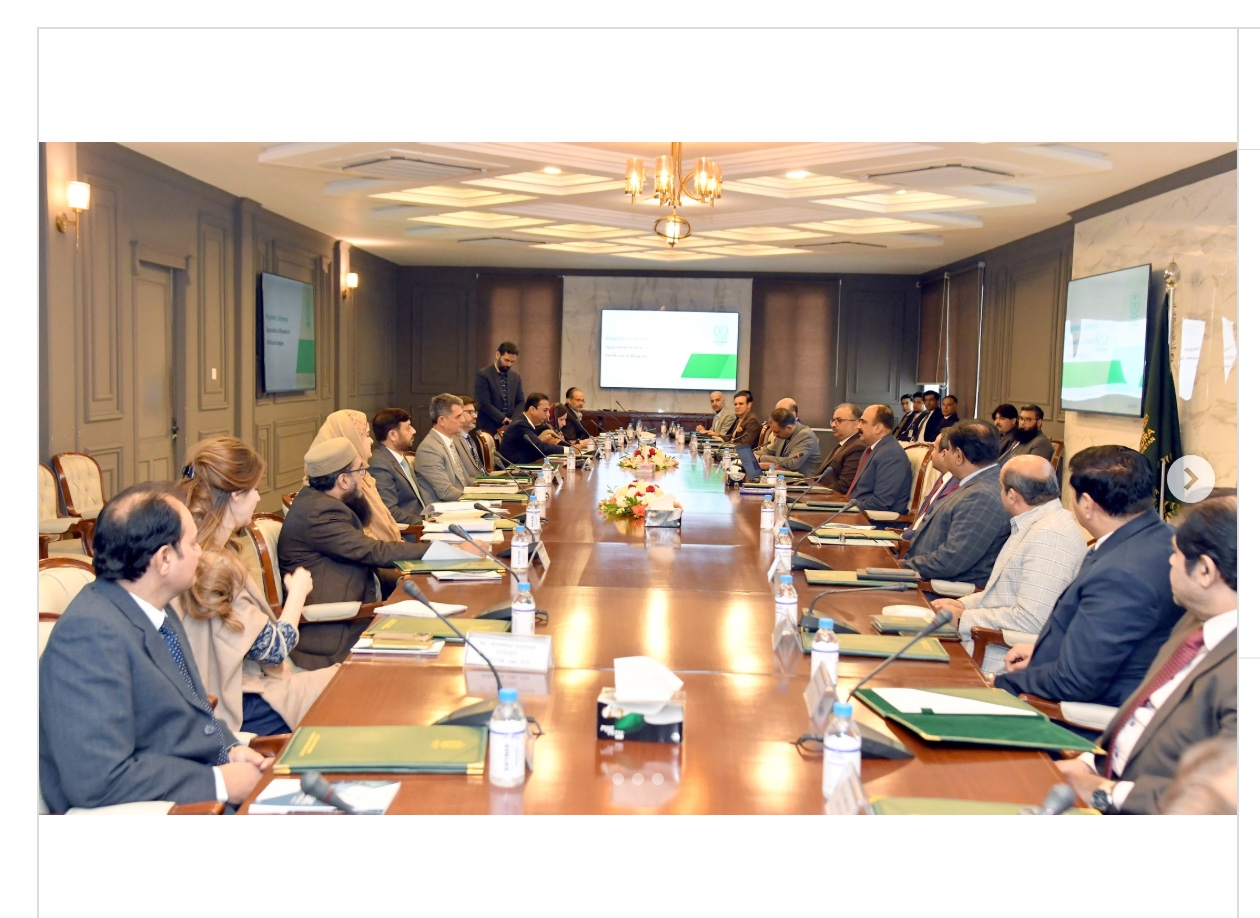
Source: Instagram
Results: Cells Broken, Plots Pre-empted
In the first half of 2024, the Counter Terrorism Department (CTD) of Khyber Pakhtunkhwa reported a significant crackdown on terrorism. They killed 124 militants and arrested 322. This reflects a strong effort to target those involved in terrorist activities. Nationwide, there was a rise in militant actions this year. However, over 95% of these incidents occurred in Khyber Pakhtunkhwa and Balochistan. This indicates that urban areas are now more challenging targets for militants. The CTD’s report shows ongoing efforts against those who plan, support, and transport terrorists.
Strategic Context: Azm-e-Istehkam & the Urban Front
The government launched Operation Azm-e-Istehkam in June 2024. This initiative combines military action with effective governance. It focuses on community engagement. The goal is to align national strategies with local counter-terrorism efforts. It targets security explicitly in urban areas. Additionally, it supports rebuilding efforts.
Public Confidence & International Signaling
Local authorities in urban areas are seeing immediate benefits. Civilians enjoy improved transportation. Businesses are becoming safer. The city atmosphere is revitalized. This also sends a strong international message. Pakistan is taking serious steps against global terrorism. The military emphasized their sacrifices. In 2024, 383 officers and soldiers lost their lives. They are determined to fight violent extremism. This has helped build a united stance against such violence.
You may also read: NISP and NAP: Evaluating Pakistan’s Counter-Terrorism Policies
Recent Developments: Strengthening the Counter-Terror Framework
NIFTCA
In May 2025, Pakistan launched the National Intelligence Fusion and Threat Assessment Centre (NIFTAC) under the National Counter Terrorism Authority (NACTA). Its purpose is to enhance collaboration among security agencies by gathering and analyzing data from over 50 organizations, including intelligence services and law enforcement. NIFTAC facilitates real-time information sharing, promoting regional cooperation for a unified response to security challenges. In urban areas, it plays a crucial role in detecting threats early, improving communication for quick alerts on terrorist activities and criminal networks, enabling swift action against potential risks.
Operation Sarbakaf – Restoring Control in Bajaur
In late July 2025, the military launched Operation Sarbakaf in the Mamund area of Bajaur. They used helicopters and heavy weapons. Strict curfews were imposed. The operation aimed to eliminate militant groups. This led to a reduction in their presence. However, about 100,000 people were forced to flee. This created a humanitarian crisis. Emergency programs provided shelters. Each displaced family received Rs 50,000. This approach combined military action with civilian relief. It sets a precedent for future operations. Lessons learned are being applied in urban areas. This includes pre-emptive lockdowns and community communication.
Karachi CTD Raid — Mastermind Eliminated
In July 2025, law enforcement executed a major raid in Karachi. They successfully took down three militants. Among them was “Zafran,” the suspected mastermind behind the November 2024 attack on Chinese factory workers. This operation dismantled a dangerous group in the city. It also sent a strong message to the public. Authorities can reach deeply embedded threats in urban areas. This is crucial as the FAK, a militant group, has been increasing attacks and extortion in cities. The Karachi raid demonstrates the effectiveness of joint intelligence and law enforcement efforts. They can target and eliminate terrorism even in busy city centers.
Enhanced Provincial CTD Campaigns
The Counter Terrorism Department (CTD) has been actively conducting coordinated raids in Punjab and Khyber Pakhtunkhwa. In late July, several members of the FAK were captured, aiming to prevent future attacks and dismantle support systems for planning them. This ongoing strategy effectively combats urban terrorism and restricts the group’s ability to regroup within the country.
These actions show that Pakistan’s law enforcement agencies (LEAs) are taking a more proactive approach to security. Instead of just responding to incidents like bombings, they are now focusing on preventing crime and improving safety in urban areas by using smart intelligence and being aware of the community’s needs.
Why It Matters Globally: Keeping Our Cities Safe
Regaining control of urban areas is essential for reducing the influence of militant groups. When these groups are pushed out of cities, they lose the fear they thrive on. For instance, Pakistan employs advanced policing, surveillance, and identity checks to combat threats from groups like Fitna al-Khawarij (FAK). This ongoing effort focuses on predicting and dismantling threats, making cities challenging for militants to operate. Enhanced security in Pakistan contributes to a safer world overall.


